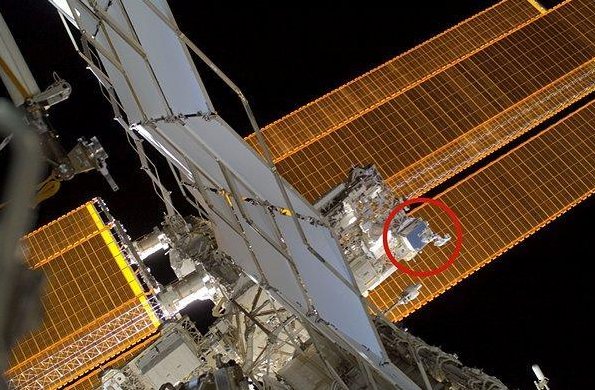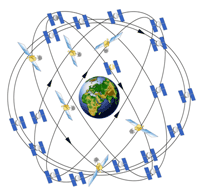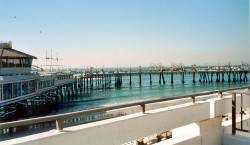The National Aeronautics and Space Administration (NASA), the European Space Agency (ESA) and Qascom, an Italian company specializing in Galileo, are collaborating to build the first GPS and Galileo receiver to be tested on board the International Space Station (ISS) Space Communications and Navigation (SCaN) Testbed.
The National Aeronautics and Space Administration (NASA), the European Space Agency (ESA) and Qascom, an Italian company specializing in Galileo, are collaborating to build the first GPS and Galileo receiver to be tested on board the International Space Station (ISS) Space Communications and Navigation (SCaN) Testbed.
SCaN is a payload developed by NASA that has been hosted on board the International Space Station on an external truss since late 2012. It has the objective of testing navigation and communication experimentations with a Software Defined Radio (SDR) approach, which permits software only updates for testing new experimental configurations.
In May 2016, Qascom was awarded with the “GPS and Galileo Receiver for the ISS” (GARISS) activity in support of collaborative experimentation with ESA and NASA, which has the objective of developing and validating the acquisition and processing of combined GPS and Galileo signals on board the ISS SCaN Testbed. This is also the first attempt to develop software for the ISS SCaN as part of an international collaboration between the United States and Europe, according to Qascom.
To date, the team has successfully acquired and processed GPS and Galileo signals on dual-frequency bands. Initial operations will use a single-frequency processing methodology, although the final mission will target dual-frequency GPS and Galileo operations.
The initial signal acquisition was carried out by capturing the intermediate frequency signals onboard the ISS and processing these with software receivers on the ground. Operations have been performed both at NASA Glenn Research Center and ESA ESTEC.
The hardware of the SCaN testbed is already available and installed in the ISS on an external truss. Qascom is developing the software for the CPU and FPGA and we will upload the software on the ISS once is completed.
One of the challenges of GARISS is tracking the radionavigation signals in space with limited resources that suffer from high Doppler shift due to the orbital dynamics between the ISS in low Earth orbit and GPS/Galileo in medium orbit.
Another challenge is the required continuous iterations and distance constraints between NASA Glenn Research Center (GRC), which hosts the test platform in the United States, the ESA European Space Research and Technology Center (ESTEC) in The Netherlands, and Qascom in Italy.






